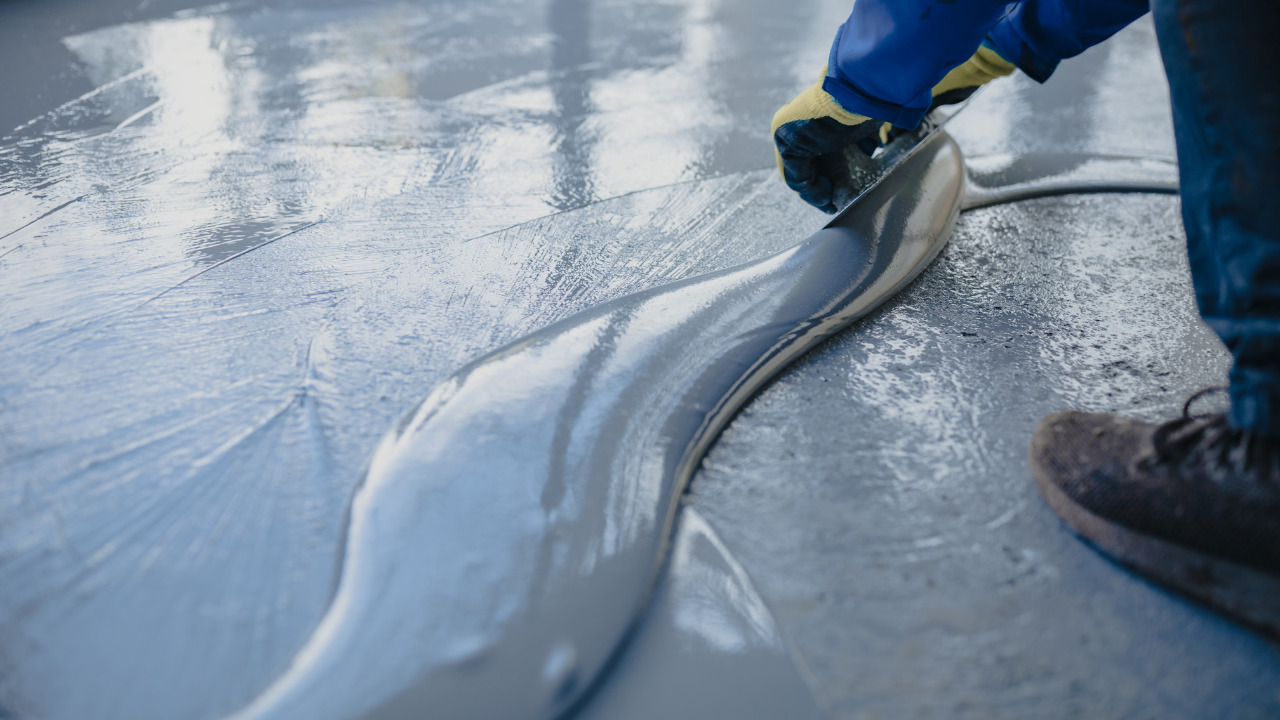Although hardwood is one of the greatest flooring options for stairs, installing it requires much work. In most home remodeling jobs, the skeleton of your stairs is already constructed; however, the treads and risers may need to be replaced.
This post will teach you how to put hardwood planks on the existing risers or treads of stairs. Hardwood flooring is a fantastic emperor since it looks good in many combinations and does not always have to be used alone.
People often think of their home’s stairs when they think of hardwood flooring. It is inevitable to replace them because of wear and tear from use. In that situation, hardwood flooring may be important.
Table of Contents
Steps To Install Hardwood Floor At Top Of Stairs
It is not easy to install hardwood upstairs or on the stairs. However, if you follow the appropriate guidelines and have the necessary patience and tenacity, you can nicely lay down hardwood on your staircase.
Prepare Stairs Area
Clean the stairs thoroughly with a vacuum before you use them. After that, measure the stairs step by step and section by part. At this point, it’s important to remember that no part should ever be underestimated.
If you do and the hardwood planks are too short to be repaired, you will have to buy new ones. Wood waste will result from this. When placing hardwood on stairs, it is advisable to overestimate the measurements.
You can buy hardwood planks with rounded edges to use as treads only. Compared to boards with straight edges, this will offer your steps a more interesting look. Make careful to give them a bigger cut so that they will hang over the risers. Depending on your preferences, choose the drape’s length.
Measure Stairs
Take independent measurements of each stairway progression. The length and width of the track, as well as the risers’ overall length and width, are two of the four important estimations. The rifflers provide support for your steps upward.
The flat progress shows the most significant area on your stairs called tracks. You can determine it more accurately with the tape measure. To ascend or descend the stairs, you step on this area.
Cut Risers
Cut the treads and risers based on these estimates. Use a rug blade and a straight edge to score the track or riser. To ensure the cleanest cut possible, use a different saw blade for each flight of steps. To reduce the cutting force, place the wrapped side up. Keep in mind that accuracy is essential.
Don’t cut the riser or go too quickly. Other than obtaining another board and starting over, there is no easy cure for this.
Install Treads
The treads are the next phase in placing hardwood on stairs. Make sure they are parallel to the riser and levelly laid. You can use the earlier-made cuttings to insert wooden shims if the risers and treads have gaps.
Place the treads on top of the risers after spreading a sufficient amount of wood adhesive underneath and along their sides. To squeeze the adhesive evenly, do so carefully. This will prevent weak junctions between the stringers or risers and the treads.
After removing all leftover adhesive from the hardwoods, drive nails into the stringers at the bottom of the steps. Make sure everything is fitted properly by taking your time.
Install Railings
A line of balusters supports railings known as balustrades, often made of steel or wood. Additionally, to enhance the stairway’s aesthetic appeal, they will aid in preventing mishaps. You can attempt installing balustrades on your own, even if it is pretty difficult.
Many internet articles and videos provide a step-by-step lesson on how to install stair balustrades. It is best to use a professional to ensure that the balustrades are installed safely and correctly.
Install Stairs Nosing
Step nosing is a decoration that encircles each progression’s edge and unites the deck. Install stair nosing at the upper level to switch to hardwood flooring and other moldings required to finish the business to your liking.
Imprint the nosing, then, based on the circumstance, trim it to length using a hacksaw or tin cuts. Avoid leaving metal burrs along the cut edge while using aluminum nosing. Placing the strip firmly on the steep track’s edge will allow you to check the fit.
To ensure that everything stays firmly in place, add step nosing using the same cement or nailing. When they cannot be distinguished, stairs are the safest.
Sand The Installed Hardwood Floor
Sanding and finishing are the final steps in the hardwood stair installation process. The balustrades must be finished and sanded. Lightly sand the wooden planks. After that, sweep and vacuum the sawdust to make it clean.
The steps will become noticeably darker after applying wood stains. On the other hand, a bright finish will only slightly lighten the hardwood when it is wet. Carefully select the stain and finish combination based on your preferences and the design of your home.
Bottom Line
You can use this article to aid with your upcoming home improvement by placing hardwood on stairs. But hiring professional installers is advised if you want hardwood stairs of the highest quality. That is all we have to share with you today, and you are now equipped to install hardwood flooring on stairs on your own.





